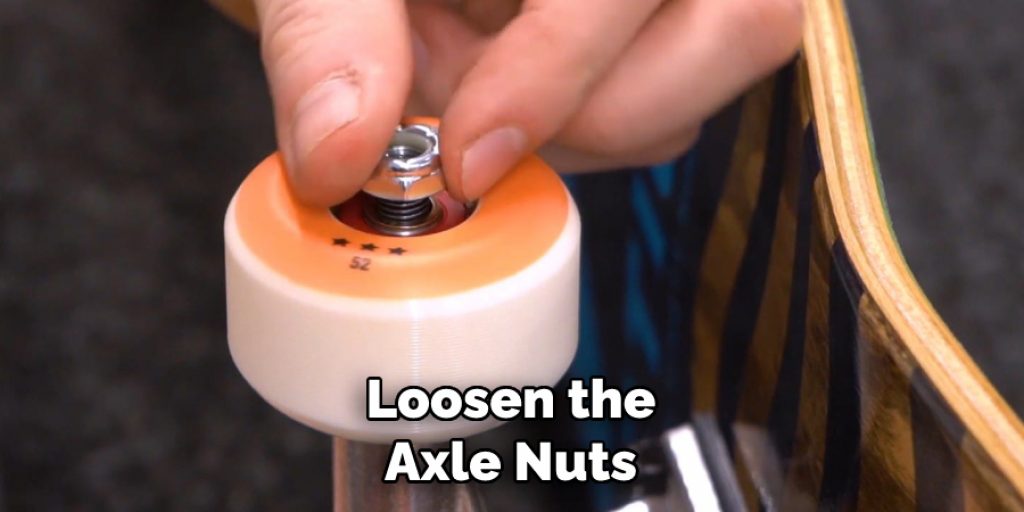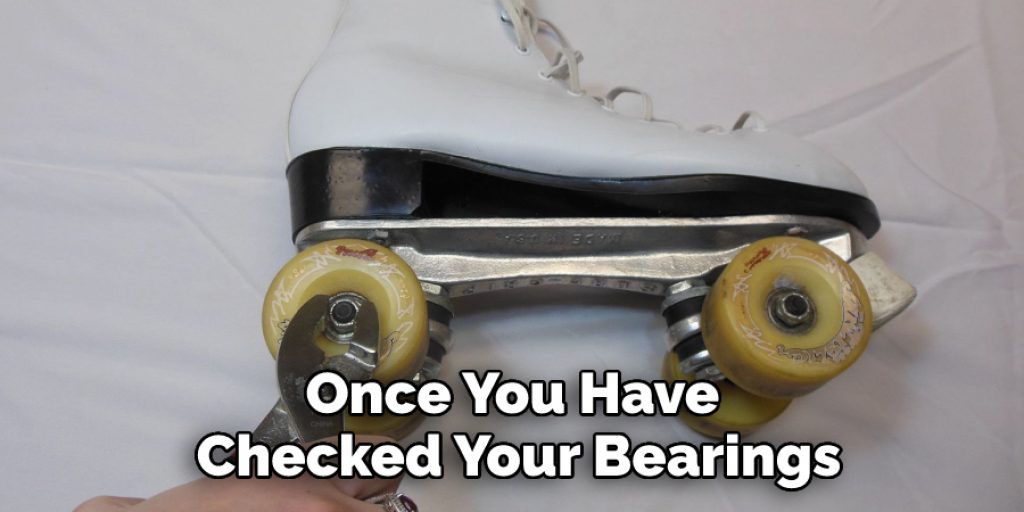How to Change Roller Skate Wheels
Do you want to take your skating up a notch? Whether you’re looking for an upgrade in speed, power, or control—or simply ready to give those worn-down wheels an overhaul—changing roller skate wheels can help get your feet back onto the track.

In this blog post, we will guide you on how to change roller skate wheels at home with ease and without taking them into the shop. Read on for tips and techniques that will make changing out your old set of wheels a breeze!
Do Roller Skate Wheels Fit All Skates?
No, roller skate wheels are not universal. The size of a wheel is important because it affects how the skate rides and performs. Wheels come in different sizes and hardness ratings, which all work together to create a unique combination for skaters based on their preferences and style. When shopping for new wheels, you should always check the size to make sure they are compatible with your skate.
For example, some roller skate wheels work better on indoor surfaces, while others are meant for outdoor use. There is also a difference between standard and artistic roller skate wheels; you should choose accordingly depending on what type of skating you’re doing. Additionally, wheels come in different bearings sizes and widths, which can be important factors to consider as well.
By understanding the various types of roller skate wheels available and the differences between them, you will be able to pick the perfect pair for your skates. This ensures that your skates will perform optimally according to your needs so that you can enjoy every moment spent skating!
10 Steps How to Change Roller Skate Wheels
Step: 1. Loosen the Axle Nuts
The first thing you need to do is to loosen the axle nuts. You can do this with a wrench or a socket set. Once the nuts are loose, you can remove the old wheels and replace them with new ones. Be sure to keep track of the axle nuts, as they will be needed to reinstall the new wheels.
If you are replacing the entire wheelset, it is best to replace all of the nuts at once. Try to keep the axle nuts as level as possible when loosening them. Make sure that the nuts stay firmly seated on the axle threads when loosening them.
Step: 2. Remove the Old Wheels
Once the axle nuts are loose, you can remove the old wheels from the skates. Start by removing the inner wheels, which will be the easiest to remove. All you have to do is slide them out from behind the frame of the skate.

The outer wheels may require more effort to remove, as they are held in place with speed grooves that grip onto the axle nuts and keep them securely in place. To remove the outer wheels, first use a flathead screwdriver to pry each speed groove away from the axle nut carefully. This will allow you to slide the outer wheel off the axle and out of the skate. Be careful to not damage or scratch the frame of your skate as you do this.
Step: 3. Attach the New Wheels
Once the old wheels are removed, you can attach the new ones. To do this, simply screw the new wheels onto the axles. Make sure that the wheels are tight before continuing. If the wheels are too loose, they will move around and cause your skates to be unsteady.
You can use a wrench or adjustable screwdriver to make sure all of the screws are tight. Although it is not necessary, some skaters like to apply a small amount of oil or lubricant on the axle before attaching the wheels. This will help the wheels move more freely and last longer.
Additionally, if you are replacing just one wheel, make sure to attach it to the same axle as the original wheel. This will help maintain an even balance on the skate and prevent any wobbling or uneven wear. Once the wheels are attached, your skates are ready to use.
Step: 4. Adjust the Toe Stops
If your skates have adjustable toe stops, you will need to adjust them before skating. Toe stops are adjustable along the axle of the skate, and they should be placed a few millimeters away from the front wheels. Adjusting your toe stops will help you gain control of your skates, as well as make it easier to start and stop without losing balance.

Once you have adjusted your toe stops in the correct position, tighten them securely. Although the toe stop is not essential, it will help to improve your skate performance. Make sure to adjust the toe stops to your size and preference before skating.
Step: 5. Check your Bearings
Before skating on your new wheels, you should check your bearings to make sure they are in good condition. If your bearings are in poor condition, they can cause the wheels to not roll correctly and can lead to premature wear. To check your bearings, spin each wheel to make sure that it spins freely and without any wobbling or unevenness.
The sound should be smooth and consistent, with no grinding noises. If you hear grinding or the wheel does not spin smoothly, it is likely that your bearings need to be replaced. Additionally, check to make sure that none of your bearings are missing or damaged. Once you have inspected the condition of your bearings, you can securely fasten them back onto your skates, and you are ready to roll!
Step: 6. Lubricate your Bearings
Once you have checked your bearings, you should lubricate them to ensure smooth operation. To lubricate your bearings, use a bearing lubricant that is specifically designed for roller or inline skating. Apply a small amount of lubricant to each of the eight bearings and spread it around the inner races.
This will help minimize friction and ensure that your wheels turn as smoothly as possible. Be sure to wipe off any excess lubricant before you start skating. Doing this regularly can extend the life of your roller skate wheels and keep them in great condition for years to come.

Step: 7. Clean your Skates
Before skating on your new wheels, you should clean your skates to remove any dirt or debris that could cause problems. Use a soft cloth and warm, soapy water to wipe down the boots and chassis of your skates. This will also help to ensure a secure fit between the boot and wheel. Once you are done cleaning, dry off all parts with a clean cloth or towel before skating.
Although not necessary, you can also spray a light lubricant on the newly installed wheels to reduce friction and help keep them rolling smoothly. After cleaning up your skates, it’s time to hit the rink! Enjoy your new roller skate wheels!
Step: 8. Inspect Your Skates
After cleaning your skates, you should inspect them for any damage that could cause problems while skating. If you find any cracks or other damage, you should replace your skates before skating on your new wheels. If you don’t, you could risk the chance of getting injured. Take the time to look over your skates and make sure they are in good condition before skating on them.
While you’re inspecting your skates, you should also check the laces and make sure they are tight and not worn out. Loose or worn-out laces can be dangerous while skating, so it’s important to replace them if needed. Once you’ve inspected your skates and made sure everything looks good, then you can move on to the next step.
Step: 9. Put On Your Safety Gear
Before skating on your new wheels, you should put on all of your safety gear, including a helmet, knee pads, elbow pads, and wrist guards. This will help protect you in case you fall while skating on your new wheels. Once you are all geared up, you can hop on your roller skates and hit the rink! With a few easy steps, you can easily change your roller skate wheels and get back out there to enjoy skating. Have fun!

Step: 10. Test Out Your New Wheels
Once your new wheels are installed, it is important to test them out and make sure everything is working properly. Take a few laps around the rink or on the sidewalk or street to get an idea of how your new wheels respond, as well as how comfortable they are. If anything feels off, you can always adjust the tightness of the axles or readjust the bearings. Once you have tested out your new wheels, you are ready to get back out there and start skating!
Conclusion
Roller skate wheels come in a variety of sizes and hardness ratings, so it’s important to check the size before purchasing new ones. Understanding the differences between standard and artistic roller skate wheels, as well as different bearing sizes and widths, can help you pick the perfect pair for your skates for optimal performance. Thanks for reading our blog post on how to change roller skate wheels! We hope you found it helpful and informative. Happy skating!
